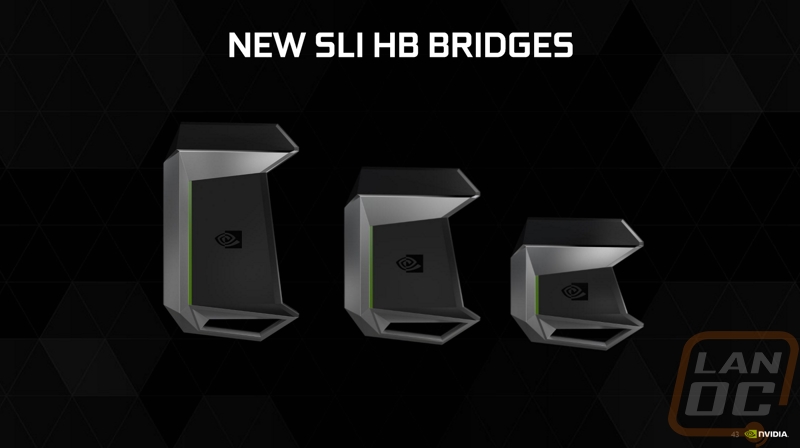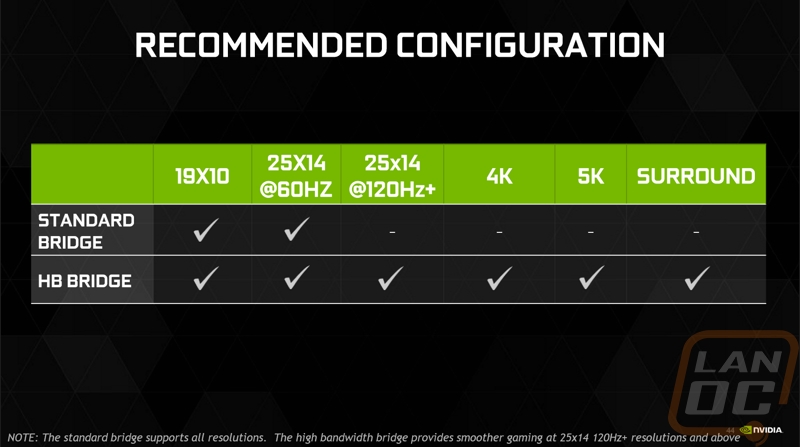It’s been a crazy month hasn’t it? We have new cards from Nvidia, new CPUs from Intel, and AMD has already announced a new card as well. What a perfect time to start looking at building a new PC or upgrading your current one. Just in time for upcoming games like Quake even! The GTX 1080 might have hit the market a few weeks ago, but they are still hard to get. Today I’m going to finally sit down and dive into what the 1080 is all about. Then I’m going to run it through all of our tests (and maybe a few new tests as well) and find out if it’s worth throwing down $699 to get Nvidia’s latest and greatest.
Product Name: Nvidia GTX 1080 Founders Edition
Review Sample Provided by: Nvidia
Written by: Wes
Pictures by: Wes
Amazon Link: HERE
Pascal
So to jump right into things, if you don’t know what Pascal is, it is the architecture that the new GTX 1080 and GTX 1070 are based on. This replaces the Maxwell based cards like the GTX 980, 980 Ti, Titan X that has been at the top of Nvidia’s consumer product lineup. Pascal has actually been in the works for a very long time, Nvidia was even talking about it prior to the launch of Maxwell. Last month they blew the lid off of everything with the introduction of the GTX 1080 and the GTX 1070. Jen-Hsun Huang, Nvidia’s CEO, shocked the crowd by announcing that the new GTX 1080 was faster than the powerful and expensive Titan X then while channeling Steve Jobs he followed that up with the announcement that the GTX 1070 would also be faster as well.
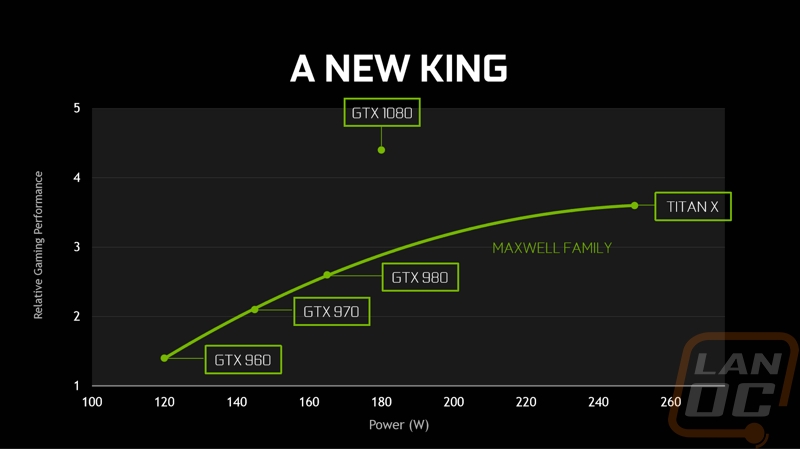
That begs the question, what exactly is changing with Pascal. Well, I can’t cover every single thing here but there were a few big changes that can account for the performance improvement. The first one was a change in how they handle GPU Boost. The old 2.0 version of GPU Boost was very linear as you can see below. The new GPU Boost however makes more adjustments to help keep the card closer to the theoretical maximum overclock. This basically picks up the extra clock speed they were leaving on the table before.
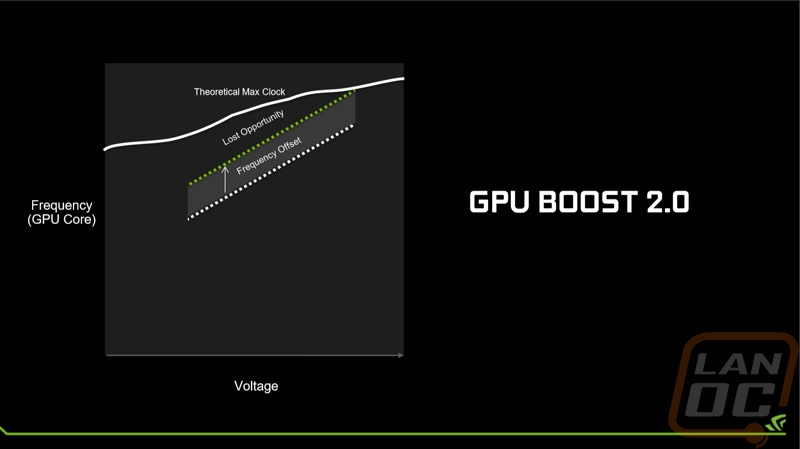
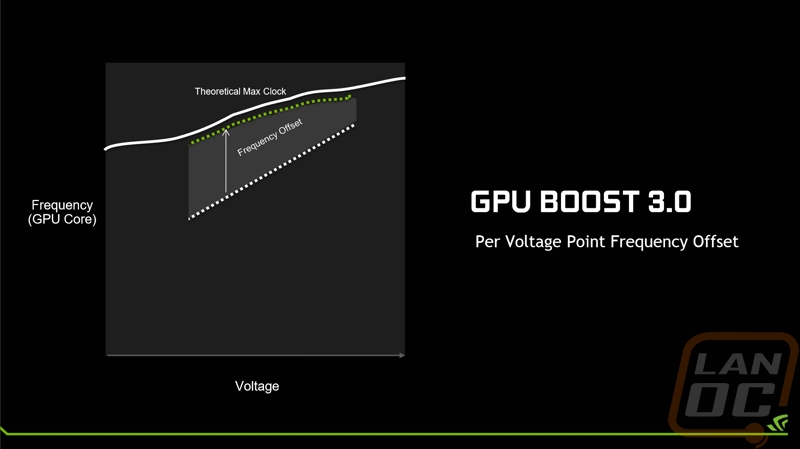
They also moved from a 28nm build process to a new 16nm build process. This means smaller components, shorter distances between things, and less power usage. There was a BIG focus on improving VR performance specifically. Nvidia showed off a breakdown comparing the GTX 980 to the GTX 1080 and how much of the improvements where architecture and process’s in normal gaming as well as VR. The VR performance was helped a lot with a technology that they call Simultaneous MultiProjection. SMP allows Pascal to project to up to 16 viewports, each with the ability to rotate to match the display. Basically, they can render VR much better because the architecture is designed to handle the multiple viewpoints that VR uses. A cool side effect of this new tech is what they call Perspective Surround where they can now better render multi-monitor gaming setups now. Before they would render on a flat plain, now they render to compensate for the angle of your monitors to make it more fluid.
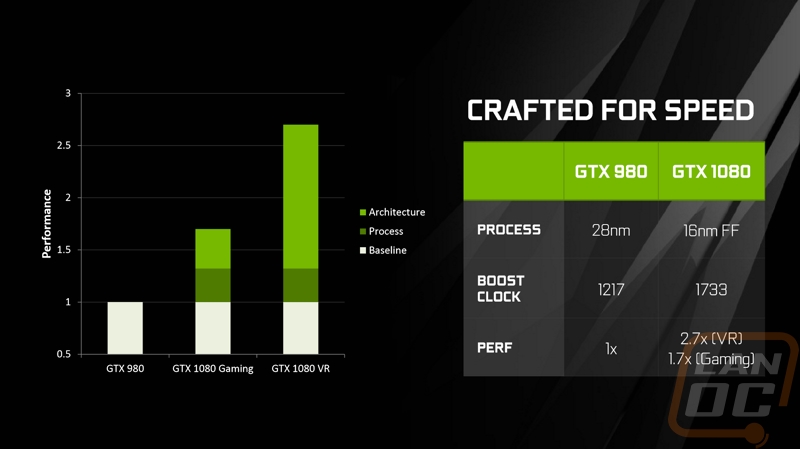
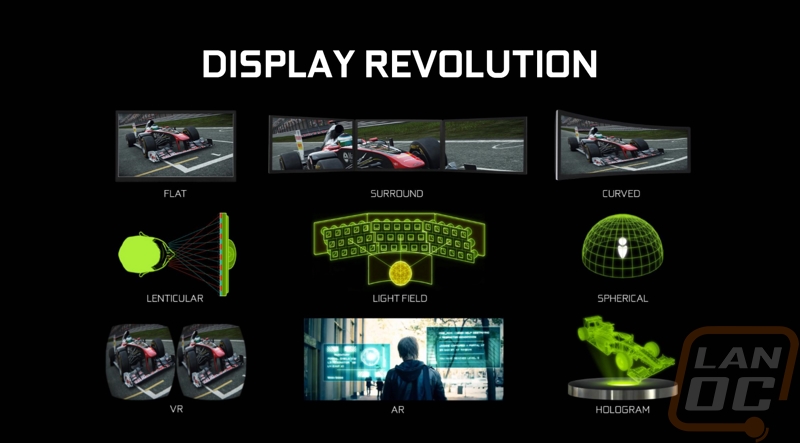
Beyond that, a big portion of the improvements stems around the memory. They moved from GDDR5 to GDDR5X for a faster Data Rate. The GTX 1080’s 256-bit interface, for example, runs at a total data rate of 10 Gbps. In combination with this, they also made drastic changes to memory compression. The bright purple/pink photos below show how much of a frame was compressed before on Maxwell compared to Pascal. It’s still not everything, but that additional compression along with the additional bandwidth makes a big difference. In the slides that Nvidia showed off, they said the total effective bandwidth when combining the two is like 1.7x better than the GTX 980 and the 980 wasn’t exactly a slouch.
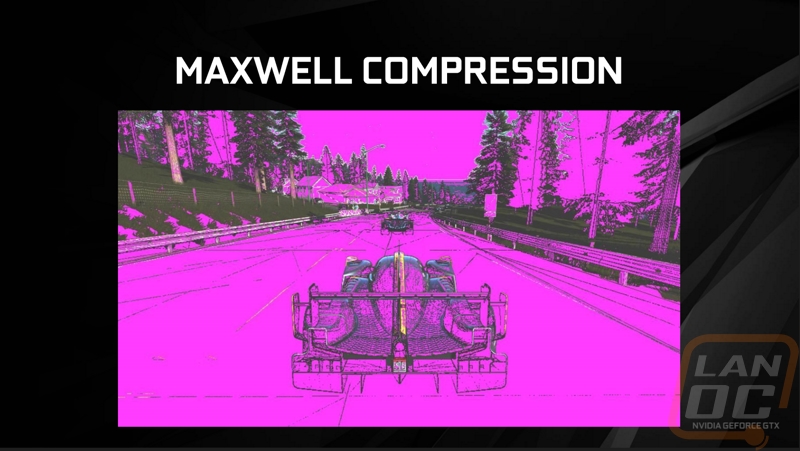
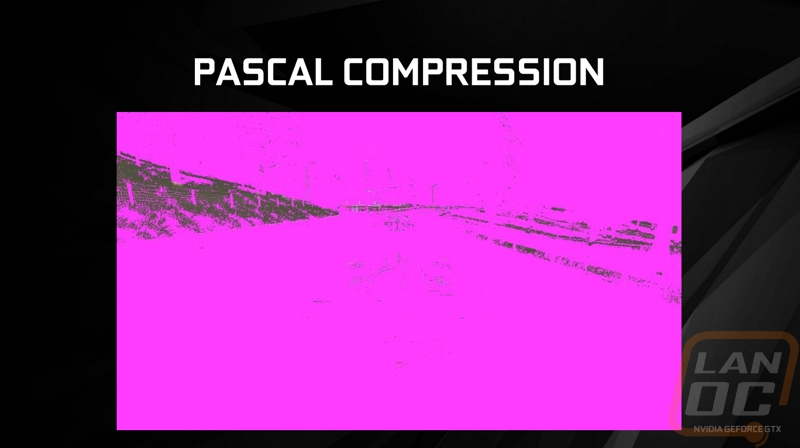
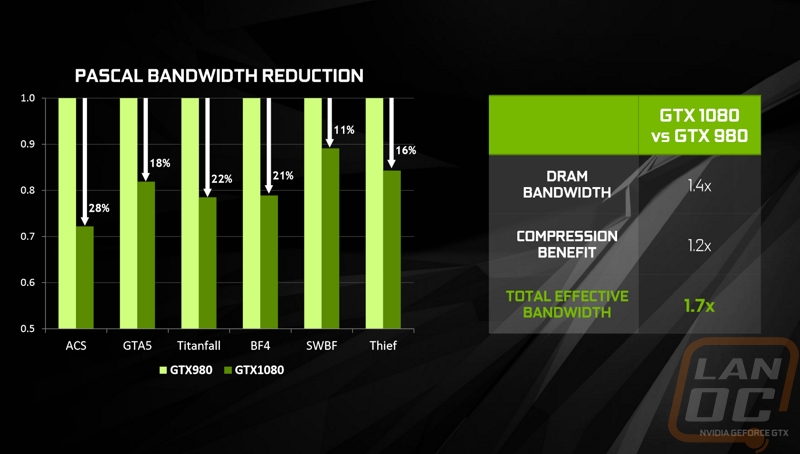
| GTX 1080 | GTX 980 Ti | GTX 980 | GTX 780 | |
| CUDA Cores | 2560 | 2816 | 2048 | 2304 |
| Texture Units | 160 | 176 | 128 | 192 |
| ROPs | 64 | 96 | 64 | 48 |
| Core Clock | 1607MHz | 1000MHz | 1126MHz | 863MHz |
| Boost Clock | 1733MHz | 1075MHz | 1216MHz | 900Mhz |
| TFLOPs | 9 TFLOPs | 6 TFLOPs | 5 TFLOPs | 4.1 TFLOPs |
| Memory Clock | 10Gbps | 7Gbps | 7Gbps | 6Gbps |
| Memory Type | GDDR5X | GDDR5 | GDDR5 | GDDR5 |
| Memory Bus Width | 256-bit | 384-bit | 256-bit | 384-bit |
| VRAM | 8GB | 6GB | 4GB | 3GB |
| TDP | 180W | 250W | 165W | 250W |
| GPU | GP104 | GM200 | GM204 | GK110 |
| Transistor Count | 7.2B | 8B | 5.2B | 7.1B |
| Manufacturing Process | 16nm | 28nm | 28nm | 28nm |
| Launch Price |
MSRP: $599 Founders $699 |
$649 | $549 | $649 |
So when we get down to it how does the GTX 1080 compare to the previous cards like the GTX 980 Ti, GTX 980, and even the older GTX 780. Well, typically when we see a new card you will find the biggest difference in the number of CUDA cores. More cores means more processing power. But the GTX 1080 does something interesting. See the GTX 980 TI actually has more CUDA cores with its 2816 vs the GTX 1080’s 2560 cores. That’s not to say that the GTX 1080 isn’t faster, but they are obviously getting the power from other areas like the memory improvements I already mentioned. Another big reason is that huge difference in clock speeds. We went from seeing low 1GHz clock speeds up to 1607MHz for the core clock and 1733MHz for the boost clock, hell that’s almost double the clock speed of the older GTX 780. We have more memory but the GTX 1080 is sporting a 256-bit controller just like the GTX 980 where the 980 Ti and the GTX 780 have a larger bus width. The TDP is back down as well, just like the GTX 980. What all of this tells me is that just like the GTX 980, Nvidia has left room at the top to respond to anything AMD brings out. Given the huge gains, the GTX 1080 has with its low power usage and low CUDA core the GP100 based Pascal cards are going to be insane!
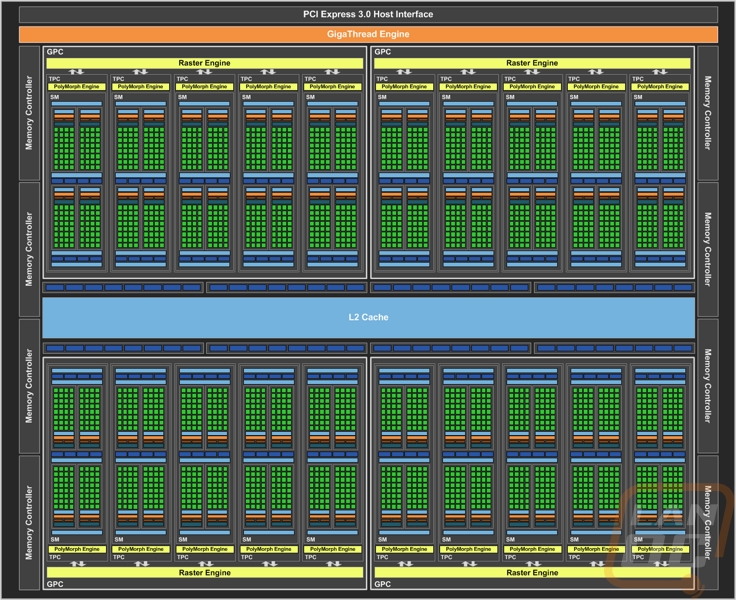
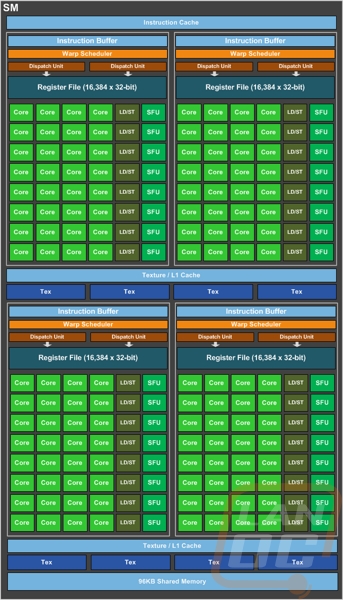
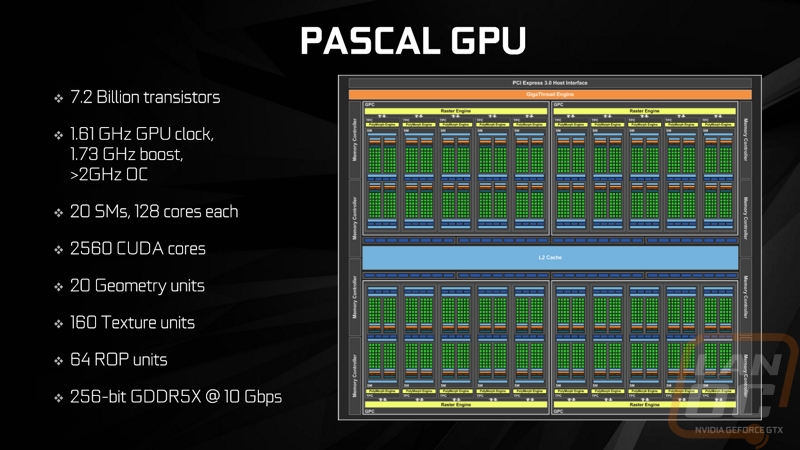
Nvidia also introduced new SLI bridges. In fact, they are calling them SLI HB bridges for their High Bandwidth. These new bridges use both ports and increase the bandwidth between cards. This isn’t a big deal in 1080 or 1400 but when you move up to 4k,5k, and when running surround you need the bandwidth. This does also go along with the announcement that the GTX 1080 only supports SLI with one other card, so 3 and 4 card configurations are out the window now.
